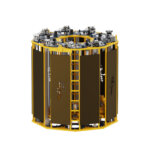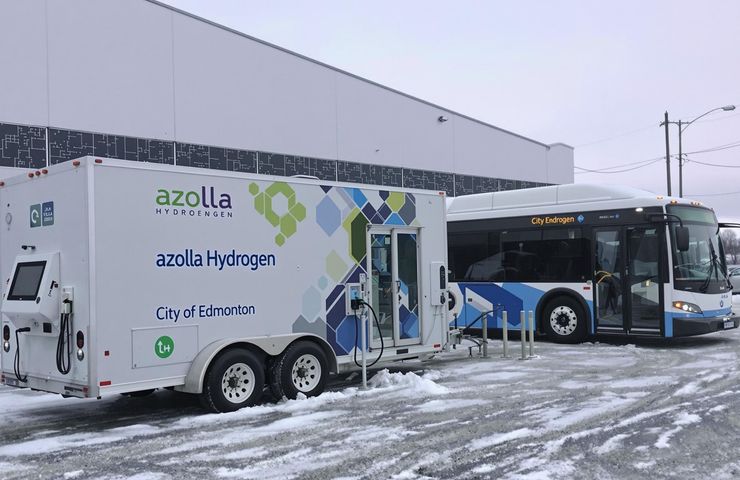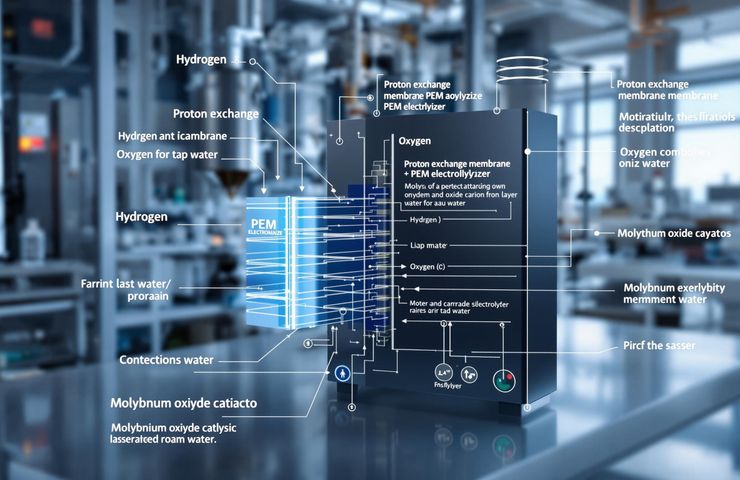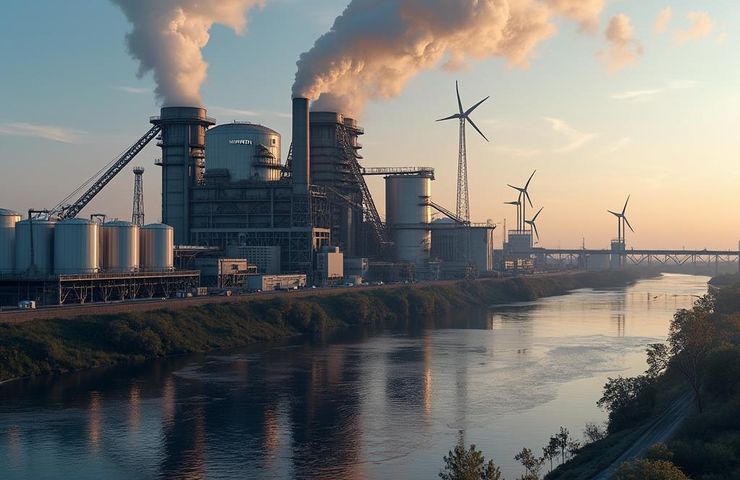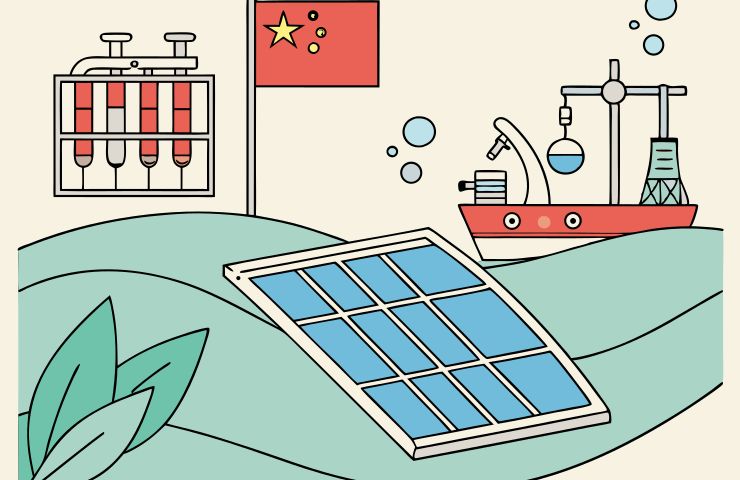Zhangjiagang’s Hydrogen Breakthrough: Fuel Cell Vehicles and Refueling Infrastructure Power Low-Carbon Transport Shift
Zhangjiagang has emerged as a hydrogen powerhouse, deploying over 220 fuel cell vehicles, building five refueling stations, and scaling industrial output to 10B yuan—cutting 10,000+ tons of CO₂ since 2018.
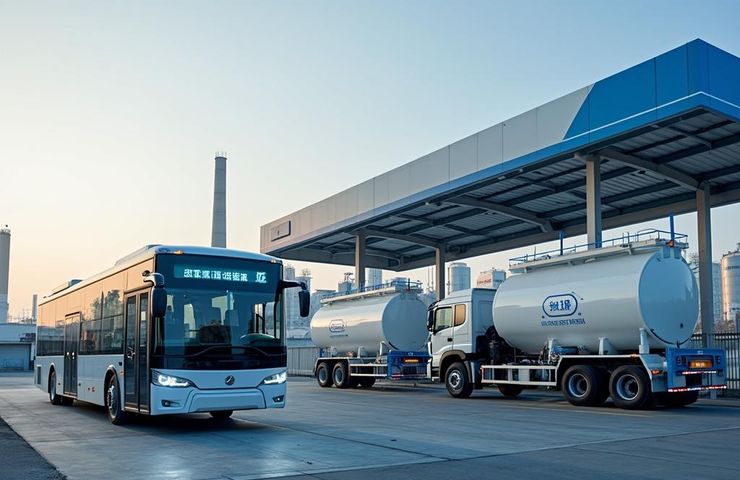

Zhangjiagang, a thriving port city in Jiangsu Province, China, is making serious waves in the world of hydrogen-powered transportation and industry. Since 2018, the city’s been turning waste from its chemical and steel industries into an opportunity—using those byproducts to jumpstart a bold move into hydrogen production. That shift has paid off: what started as an ambitious vision has grown into a bustling industrial hub made up of more than 40 companies, with the local market set to surpass 10 billion yuan by 2025.
A Growing Fleet of Hydrogen-Powered Vehicles
Today, more than 220 hydrogen fuel cell vehicles are up and running around Zhangjiagang—from sleek city buses to powerful port tractors—and they’re all supported by a network of five fast-fill hydrogen refueling stations. This isn’t happening by chance. Backed by a forward-thinking local government and their innovative ‘five-in-one’ support policy, the city has already slashed over 10,000 tons of CO₂ emissions.
Tech Powerhouses Driving the Hydrogen Ecosystem
Leading the charge behind the scenes is Jiangsu Guofu Hydrogen Energy. They’re delivering full-chain equipment solutions—from hydrogen production systems to a game-changing civilian-grade liquefaction system that helps store and move hydrogen more efficiently. Working alongside them, Huachang Energy Technology focuses on developing fuel cell engines for trucks and integrating them into advanced microgrid systems, helping push the boundaries of clean transportation and sustainable energy.
A Key Player in a Larger Hydrogen Network
Zhangjiagang is quickly becoming a major hub in Jiangsu’s broader hydrogen infrastructure. Thanks to this momentum, the city’s influence is spreading—through increased exports, new job creation, cleaner air, and even early steps into fuel cell technology for the aviation industry. In short: this is a city thinking big, acting fast, and proving just how powerful hydrogen fuel cells can be when vision meets action.
What's Your Reaction?












